Wearing Tires
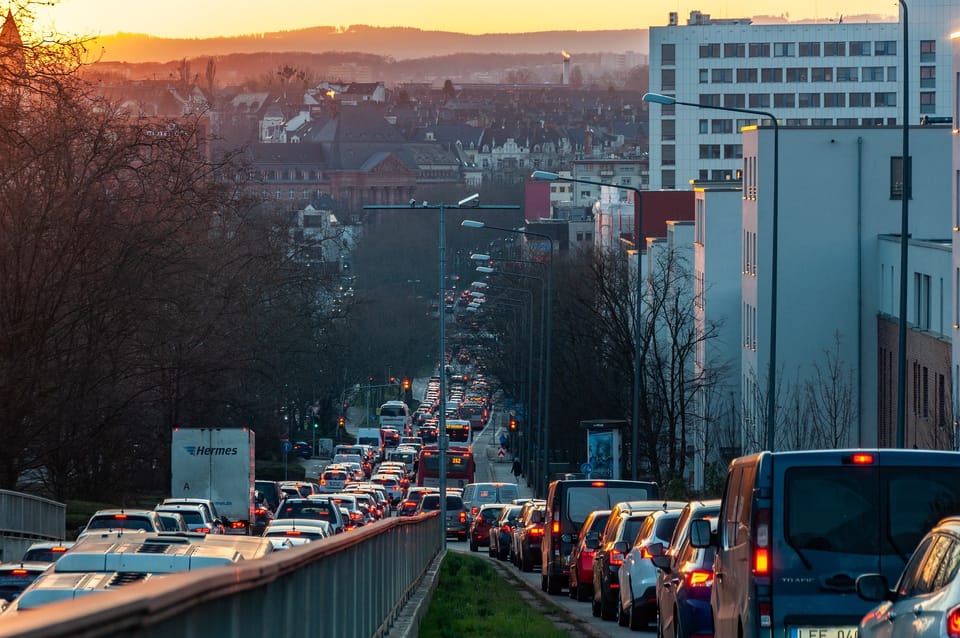
This week I'm going to do something different and cover an environmental story. However, it's a story hidden in plain view, so I appreciate how highlighting it helps us see the world in a new way.
I think we can all agree that one of the hassles of owning a car is monitoring your tires and buying new tires every 3-4 years. It's an expensive nuisance and globally we end up buying over 2 billion tires a year (a number that's expected to reach 3.4 billion tires a year by 2030).
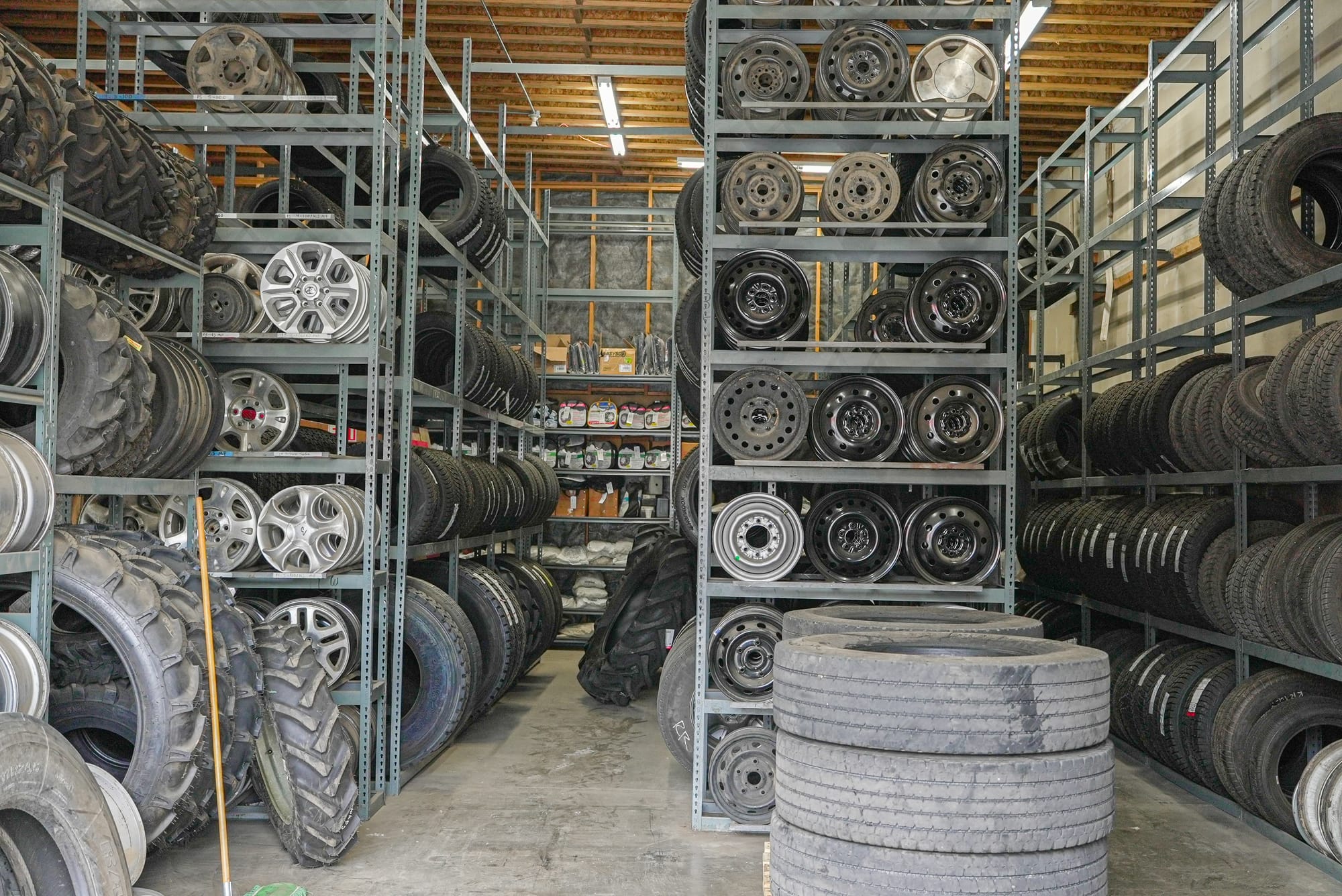
But think about the tread that is lost on your tires and ask yourself where all this missing rubber goes?!
Tires break down because roads grind them up and vaporize rubber into tiny particles. In fact, the four tires on your car produce 1 trillion nanoparticles for every 0.6 mile you drive (sadly, this number is 20% higher on EV cars because they are heavier and produce more torque).

Nanoparticles are a huge deal because nanoparticles are incredibly small. When we breathe them in, they pass from our lungs directly into our bloodstream. Once in our blood, nanoparticles pass through cell membranes and enter our cells. These microscopic particles even cross over the critical blood-brain barrier that protects our brains from any harmful substances in our blood.
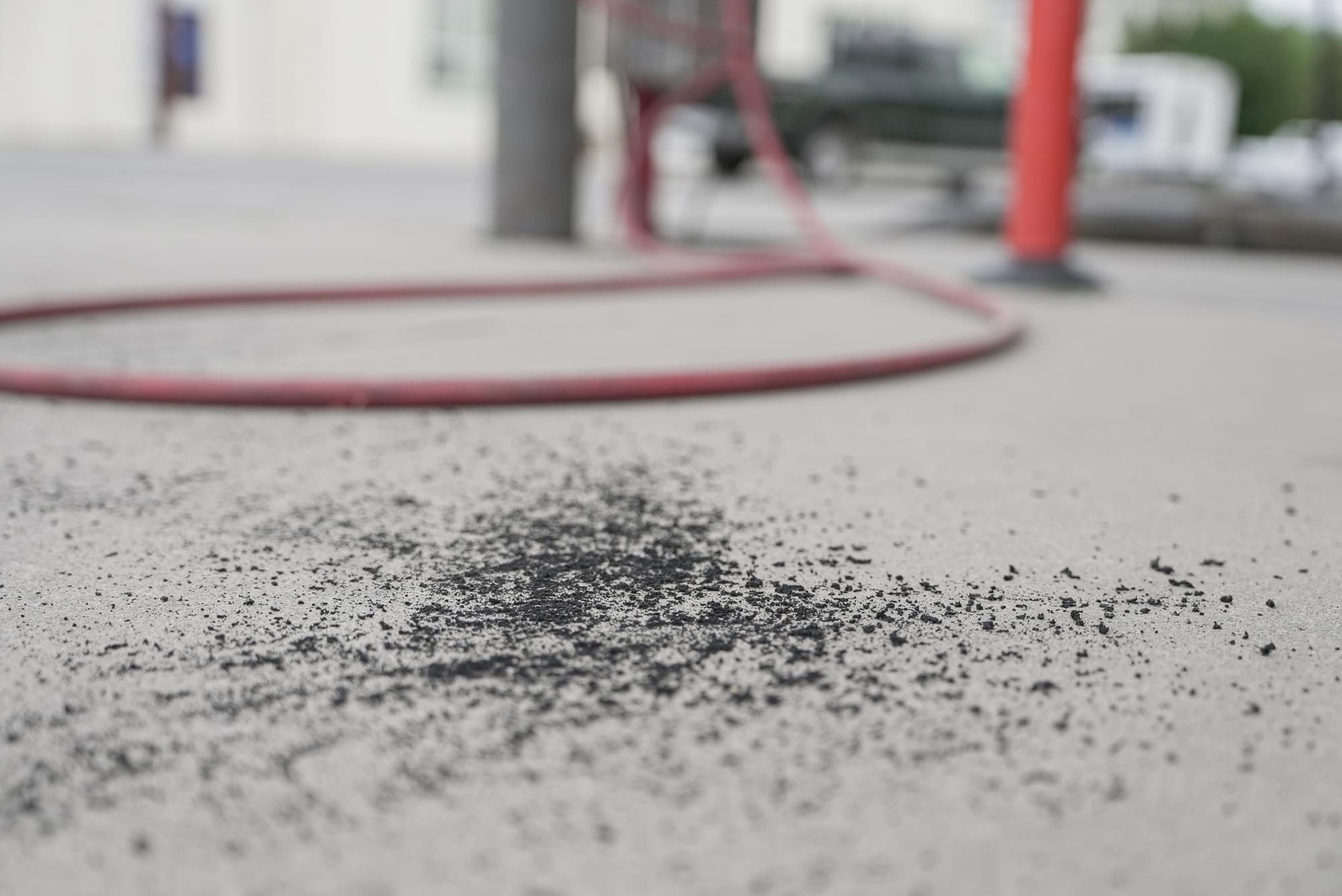
So, on one hand we have the physical properties of nanoparticles, and on the other hand, we have the chemical properties of these particles. You may not know this, but tires are no longer simply made of rubber, they are now made from over 400 different chemicals and substances, including some that are toxic to highly toxic to living systems, and many others whose toxicity hasn't been determined.
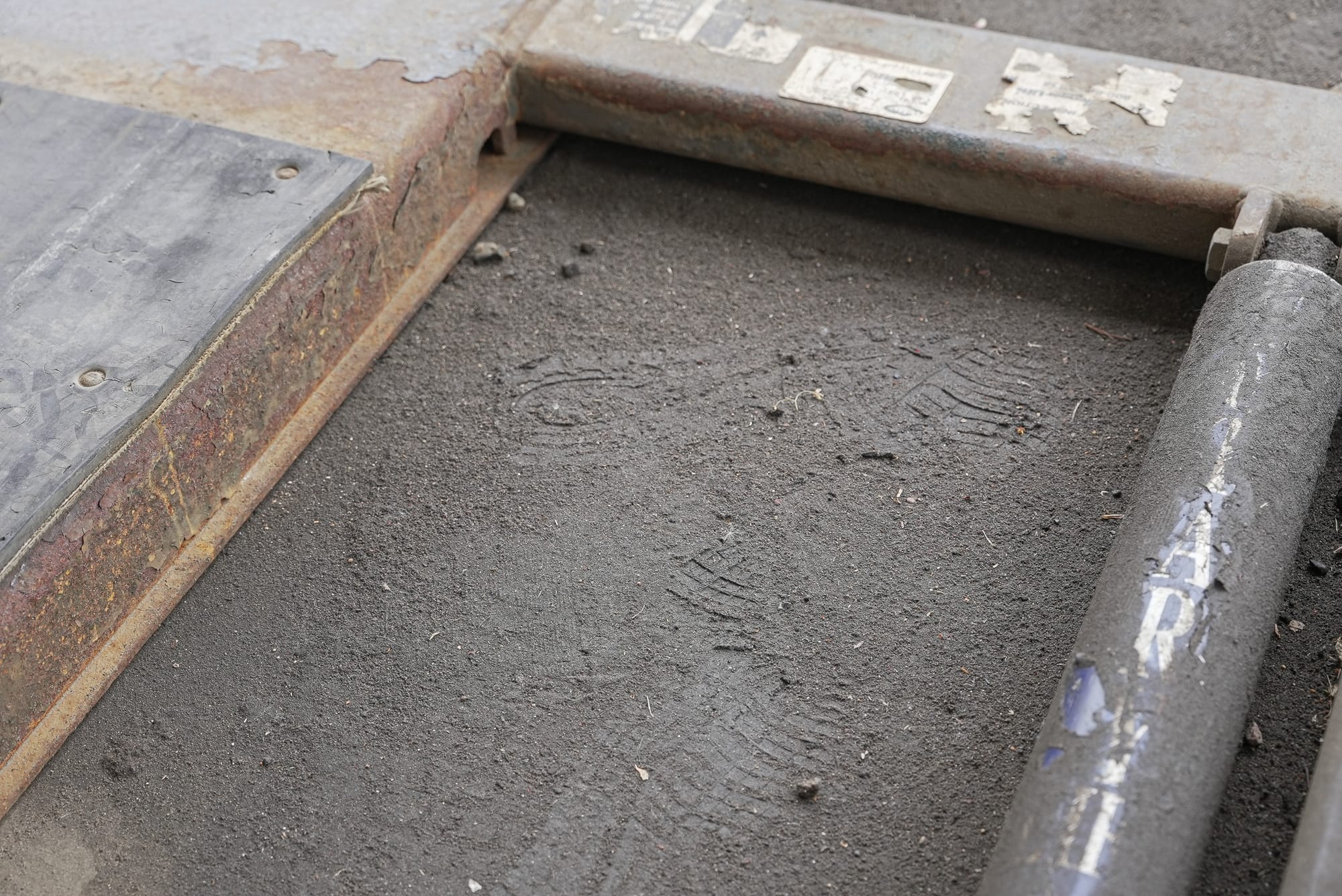
For example, scientists spent decades wondering why spawning coho salmon on the West Coast were dying after rainfalls. Then someone discovered that a single compound called 6PPD-quinone, found in tire rubber, is highly toxic to fish and was washing off roads and into creeks when it rained.
So, where do 6 million tons of tire particles go every year?!
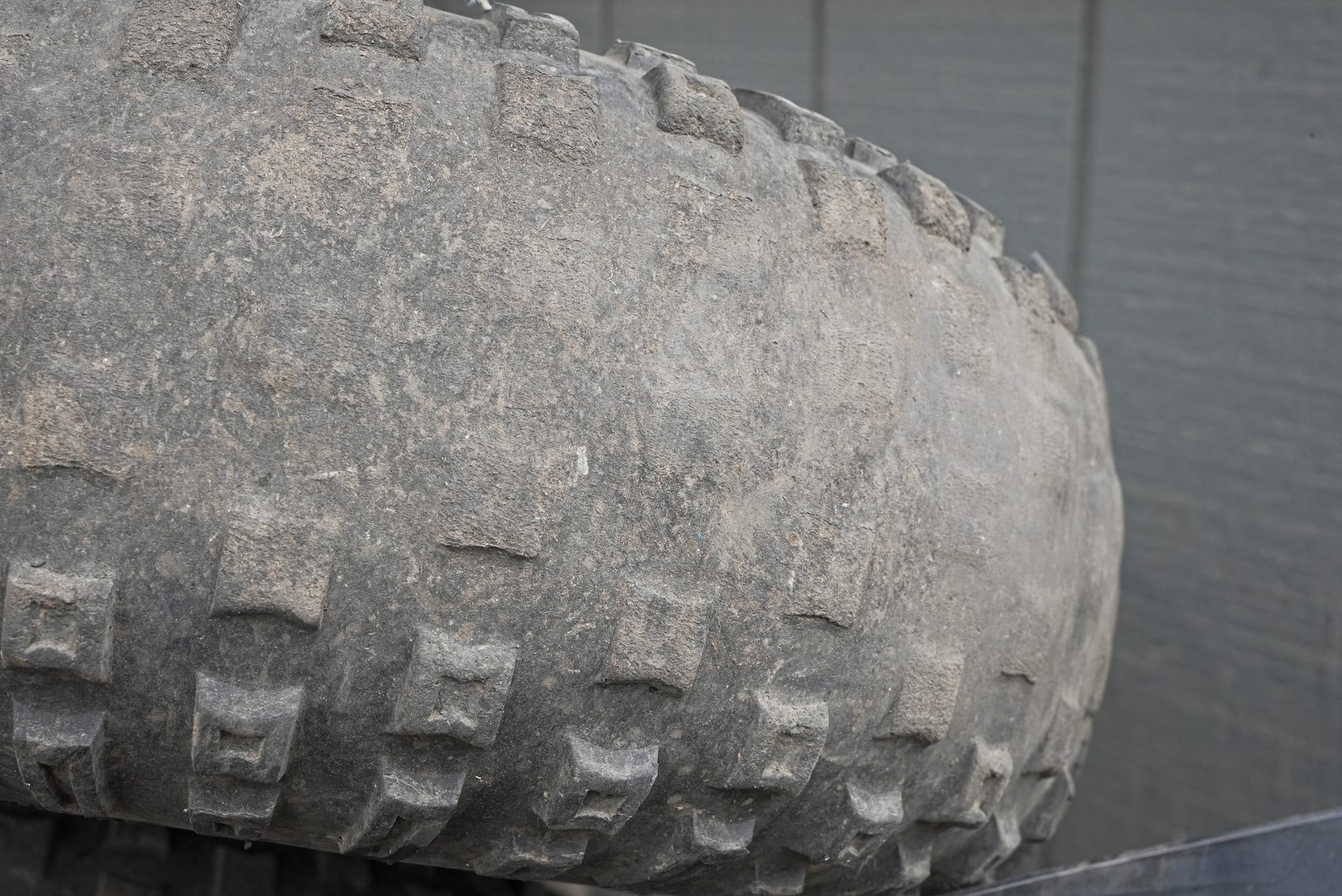
I first heard about tire particles when I lived in California, where air quality in the Central Valley is a huge issue. Everyone assumed that car exhaust was the problem, and that it could be solved by making cars more fuel efficient, but then they realized that the single biggest contributor to air pollution is nanoparticles from car tires.
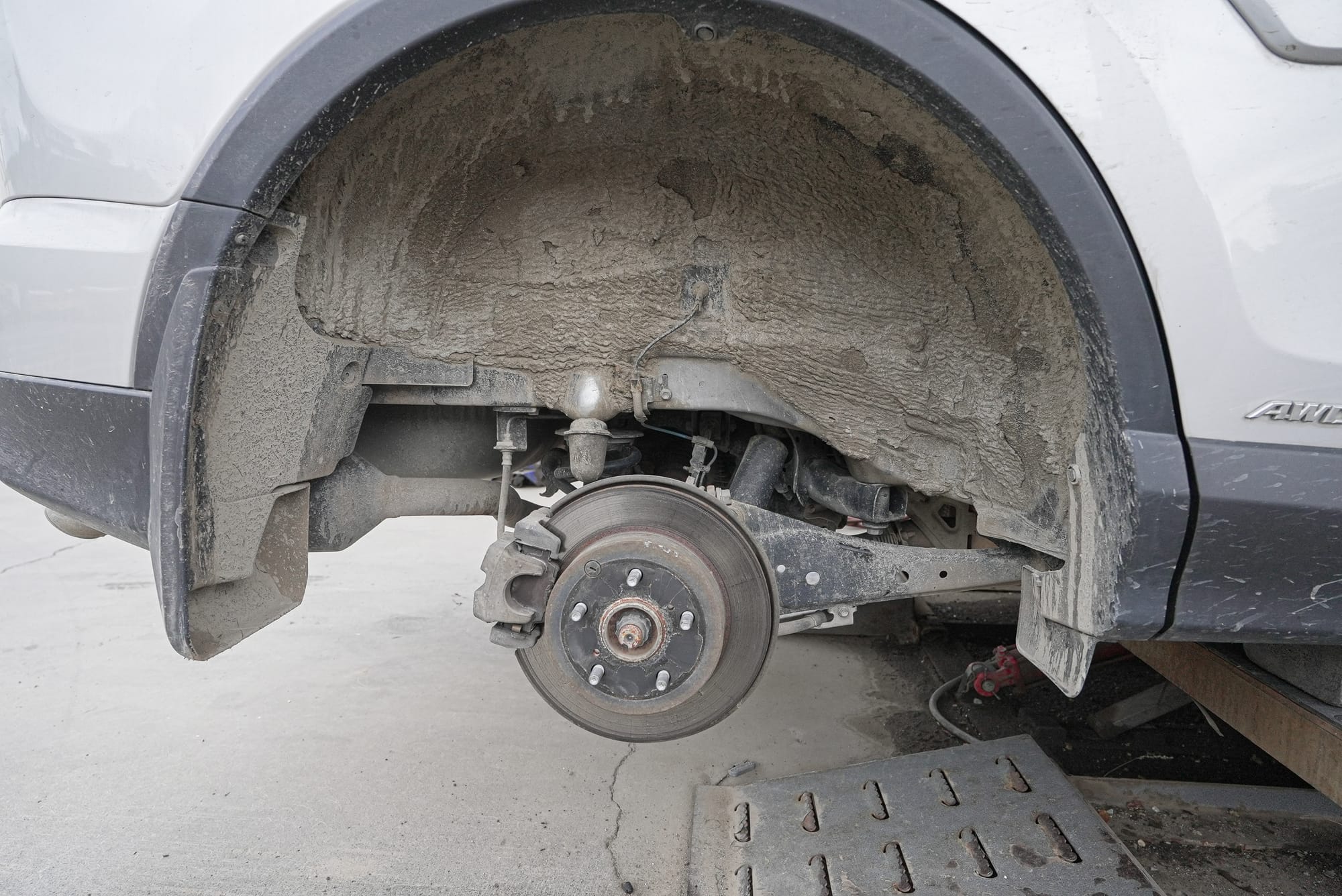
Even more tire particles end up in the soil, or in the water where they make their way to the ocean. It turns out that over three-quarters of the microplastics found in the world's oceans are synthetic tire rubber. And in the ocean these particles are being eaten by marine animals and causing a cascade of impacts we've hardly begun to measure yet.
Wherever tire fragments end up they continue leaching toxic compounds for an undetermined amount of time. In fact, many toxic chemicals in tires have been added to make them more durable, which is fantastic when you want your tires to last longer but works against us when these fragments make their way into our air, water, and soil and stick around for a very long time.
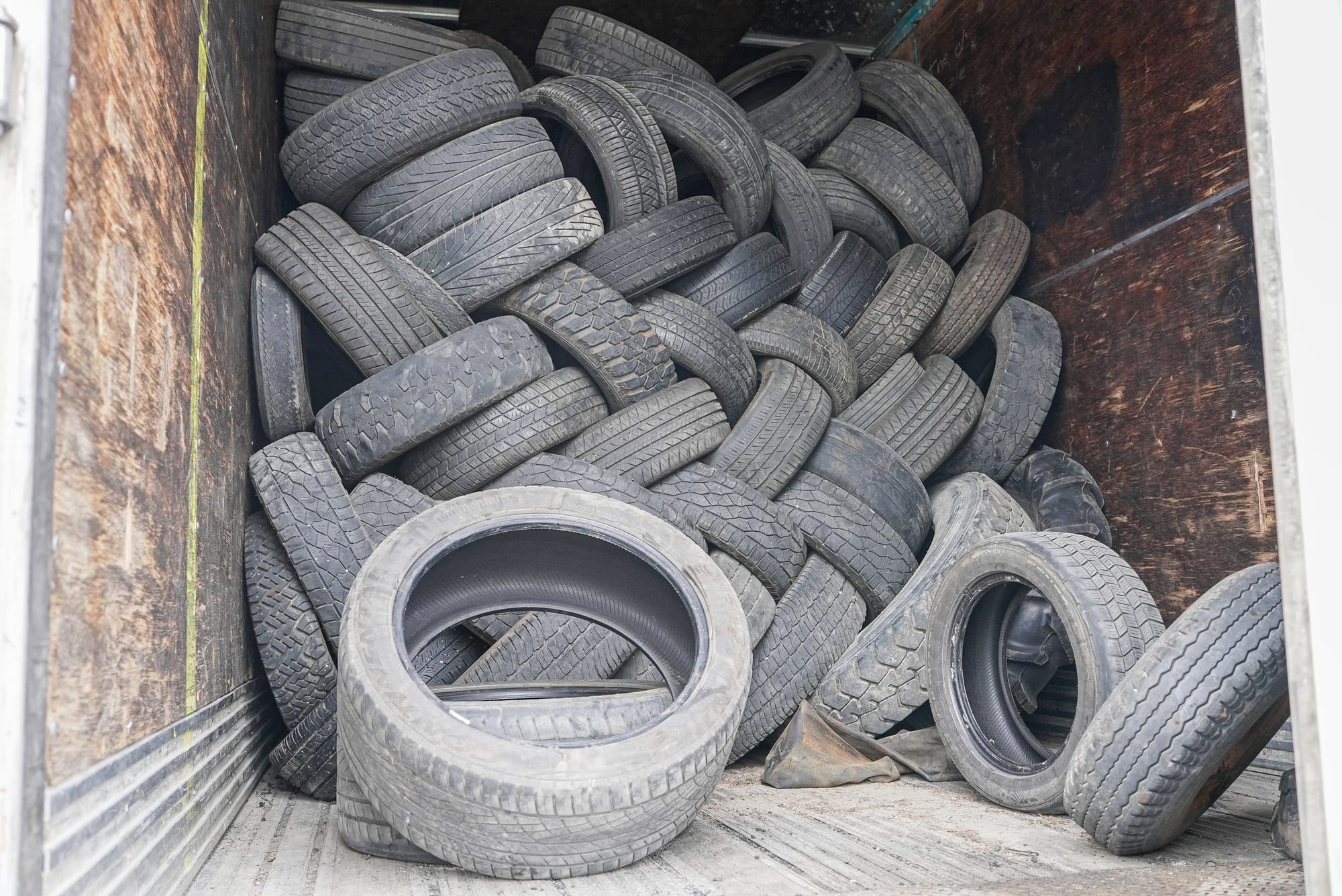
Ultimately there are no easy answers to this issue, but what stands out to me is how little research or attention is being paid to this topic. I thought about this when I stopped at a local tire center and noticed two large open grates collecting runoff from their service bays and running directly into the river.
You might say that we're tiring out our world.
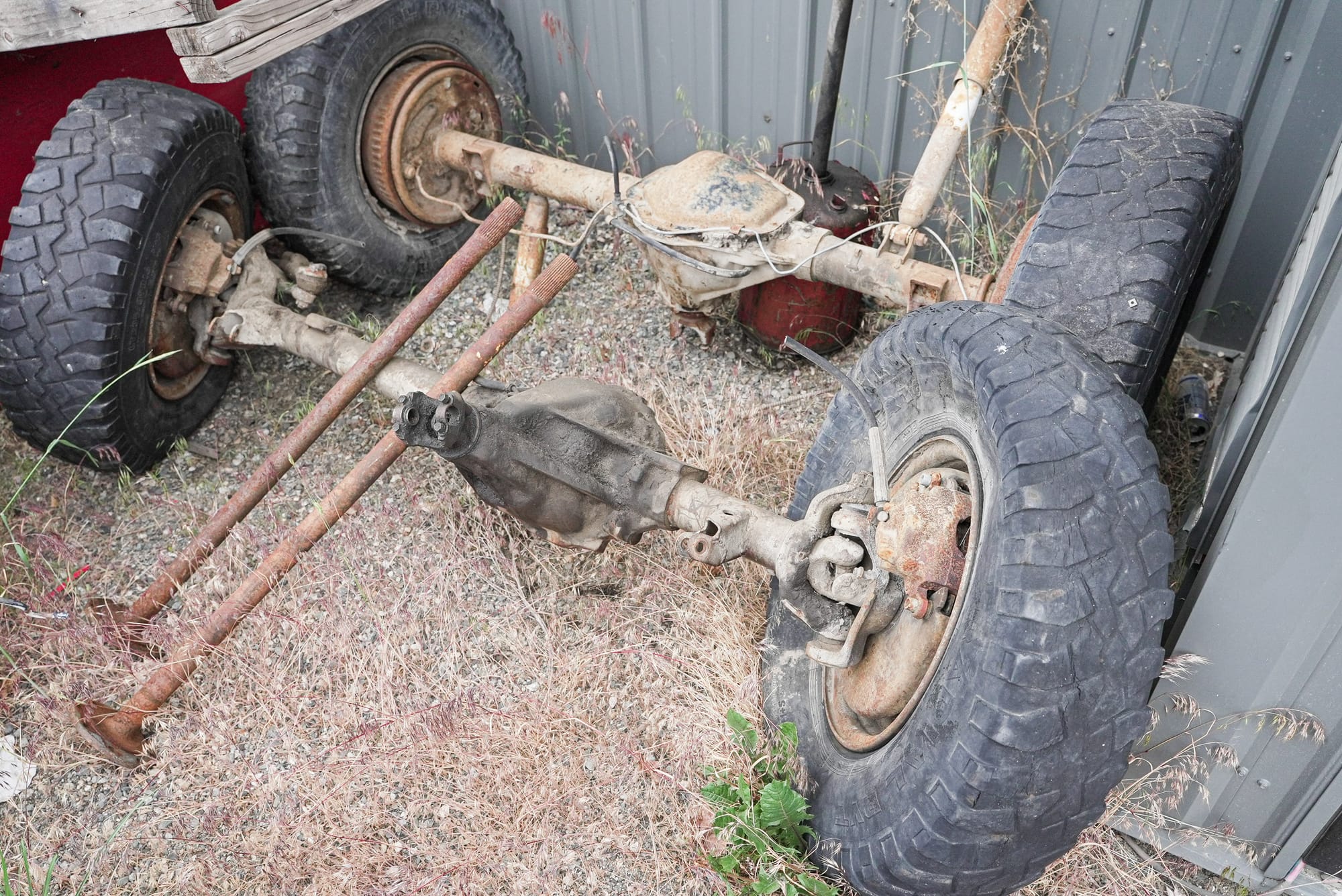

Member discussion